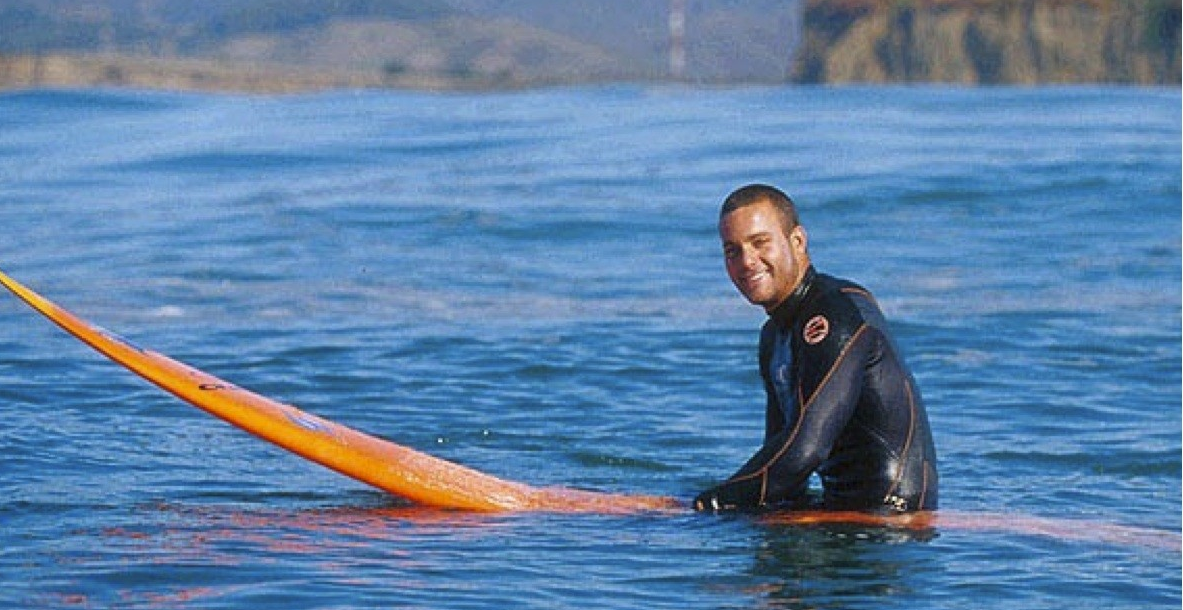I've just finished reading Patti Smith’s Just Kids. Again. And like the first time, I devoured it.
It’s not simply that I’m a fan of both Patti Smith’s and Robert Mapplethorpe’s work. That’s why I bought it in the first place. What’s so incredible about it, is how it delves into their relationship and reveals how entwined their lives became, as lovers, friends, artists and each other’s muse; how influential they were in their support, respect and devotion to each other’s work.
It’s a truly beautiful memoir.
I was also riveted by the particular time in New York that Patti speaks about. 1970s NY was a hub for artists, musicians, writers and performers. And the fact that Patti and Robert lived in the Chelsea Hotel, where the famous, infamous and anonymous passed through, partied, and cohabited.
It’s not often you get such an intimate insight into an artist’s life or way of working. I was especially fascinated with Patti's insight into Robert's art for this reason. Having studied Mapplethorpe’s work at uni and seen his photographs in various galleries, after reading Just Kids I felt like previously I’d been looking and absorbing his work through a telescope—always at a distance, despite the apparatus giving some focus. I’d studied Mapplethorpe’s work through “issues” such as sexuality, pornography, censorship and the photographic medium. Suddenly, I had this intimate, multi-dimensional view of Robert Mapplethorpe the individual through Patti Smith’s eyes. And it spoke more about what influenced, shaped and drove him as an artist to create his work than anything I’d read before.
When Robert passed away, Patti wrote a smaller work called, The Coral Sea. The poetic lyricism of this work reads like an exquisite elegy. At the beginning of this slim volume, she directs her words to the reader:
“When he passed away I could not weep so I wrote. Then I took the pages and set them away. Here are those pages, my farewell to my friend, my adventure, my unfettered joy.”
If anyone wants to appreciate Robert Mapplethorpe's and Patti Smith's work, I’d say go and find the real thing to look at and listen to, and read “Just Kids”. It’s a pretty good place to start.





















